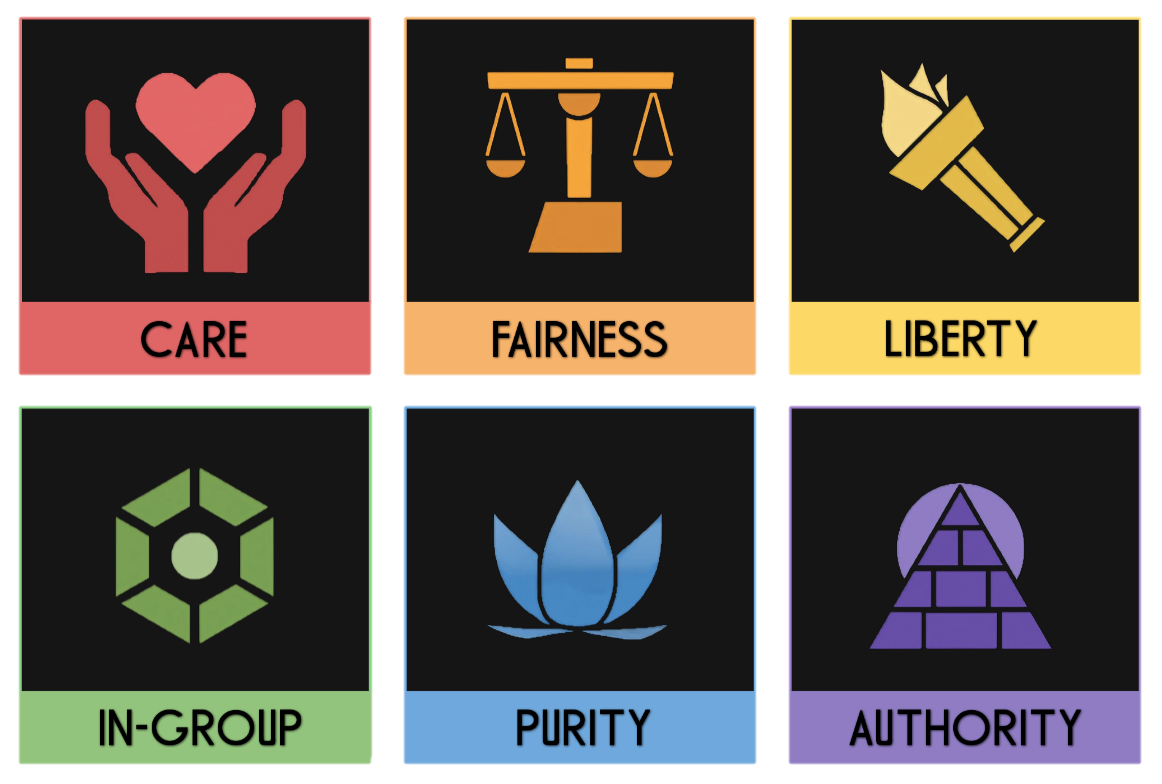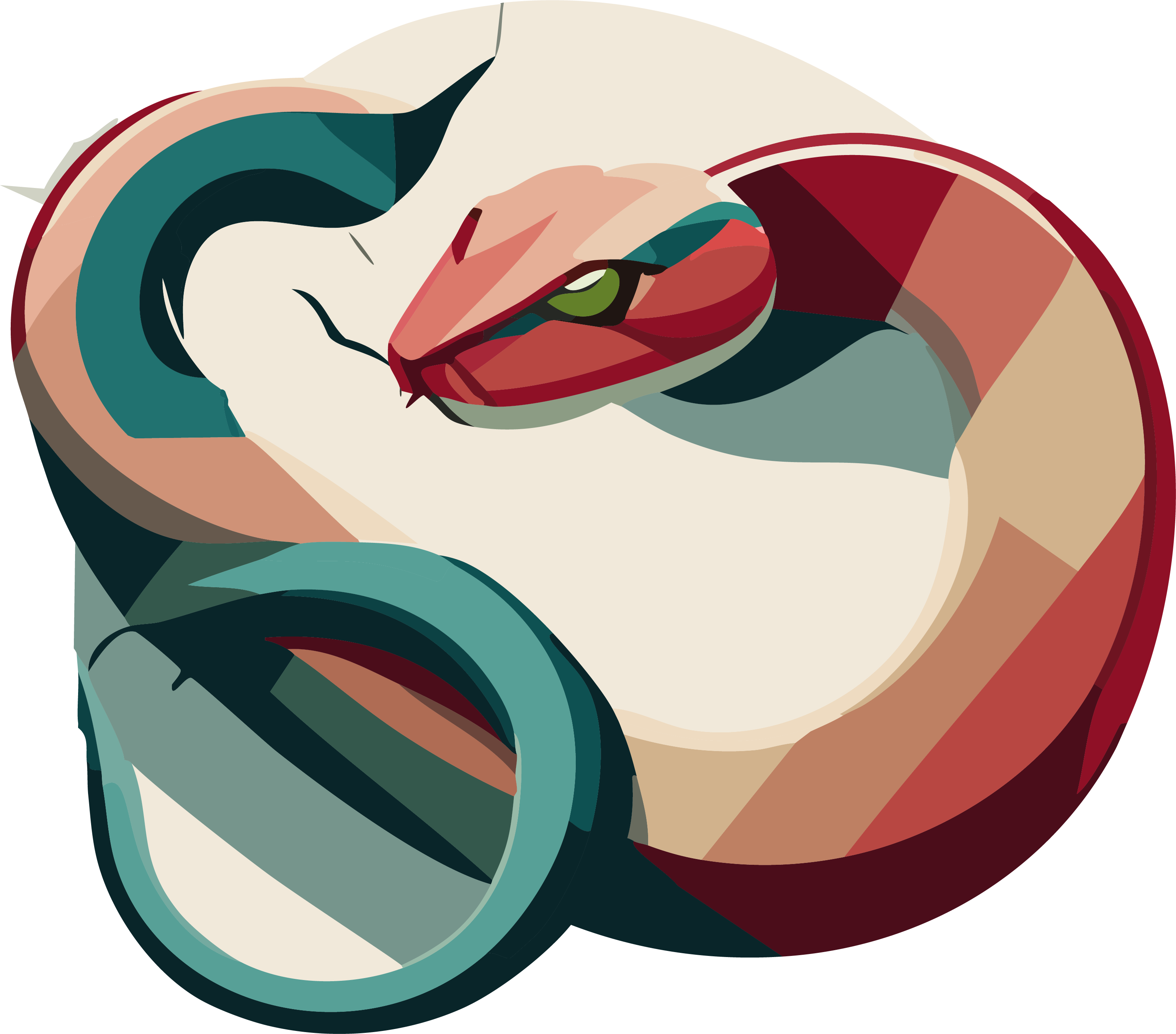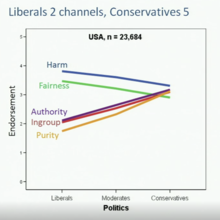Ideological Echo Chambers: Problem or Not?
As it pertains to our current media landscape, a growing of interest has been paid to the ideological echo chamber. As sources of information have become decentralized, communities of readers, listeners, and viewers have become increasingly segmented. One’s personal informational matrix is no longer generalizable to large cohorts of the population. The inputs of one group are likely at odds completely with another, creating inevitable tension and disunity. The question is: how much of a problem is this?
It is and it isn’t. Let me explain. As divisions in information increase, the very pathways that constitute such informational experience will diverge. Under this framework, historical memory should begin to disintegrate, leading to a fully fragmented informational landscape, whereby new dimensions of being will commence formation.

The Limitations of Modern Journalism
The long standing ethos of journalism of keeping personal interpretation outside of the product. Unfortunately, as we have witnessed, this foundational principle is breaking down, for it fails to address the key problem of how bias is infused into language regardless of the intended objectivity of that communication. A headline communicates much about an organization’s ideological bent, which casts ulterior messages distinct from its simple semantic intention.
A New Approach:
The Moral Foundations
Jonathan Haidt’s Moral Foundations Theory has provided us a starting blueprint for understanding the divergences in our citizens’ moral intuitions. But why are moral intuitions so consequential to issues of perception? In part, it is because moral intuitions play a role in mediating understanding of form’s relationship with function—concepts that very much derive from perception itself. Note that in this rudimentary model, morality is not directly influencing perception; it is rather influencing our interpretation of perception. Let’s investigate this further!

Haidt’s Moral Foundations are a series of juxtapositions that highlight fundamental conflicts in how liberals and conservatives evaluate moral questions.

Let’s start with a simple example of how moral evaluations influence our perceptual interpretations:
Consider a snake…
Snakes are extremely significant creatures with a cross cultural variation in interpretation.
In Judeo Christian contexts, snakes are seen as vehicles of transgression, chicanery, temptation and deceit.
However, in the Chinese Zodiac, snakes are known for their reputation as being mysterious, wise, caring, and determined.
These are moral evaluations of the snake very much, but they are also functional roles, connecting the form of a snake to a series of descriptive utilities—spanning from wise and caring to dangerous and deceitful.
Political Implications?
One of the most fundamental aspects of our politics is how we perceive our opposition. Are the opposition misguided? Lost? Are they persuadable? Are they to be reasoned with? Are they evil? Demonic? Irredeemable? The answers to these questions are as relevant now as ever, as we enter a landscape whereby artificial intelligence, its informational offerings, its artistic representations, and its further societal segmentations will change the way communities of people see the world.
If political disposition influences moral intuitions and moral intuition influences our interpretation of how form relates to function, will diverging moral intuitions produce distinct sets of form-functional bodies? This is where postmodernism and hierarchically-arranged traditions will inevitably meet.
Under certain conditions, perceptual models may diverge so profoundly where humans, in the eyes of some, could be perceived as non-human. New categorizations may emerge from the deluge of information.

There is one foundation above all that distinguishes liberals from conservatives: Purity. Conservatives value purity as a key marker through which a moral society is built. Liberals do not believe this to nearly the same extent. Purity is somewhat allied with symmetry, and thus liberals are more likely to more favorable orientations toward asymmetric forms.

What is Psychological Journalism?
Language is filtered through ideological and perceptual mechanisms, informing how readers and listeners interpret. Psychological journalism is designed to provide commentary on original content with reference to distinct moral focal points. It goes past the origin of providing a linguistic representation of what happened and organizes a series of explanations as to how such a story will be interpreted depending on the person reading it. These interpretations should definitionally resonate with those who belong to the category upon which that interpretation is based.
To be continued…

